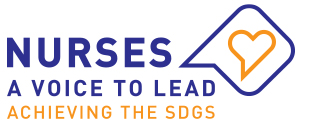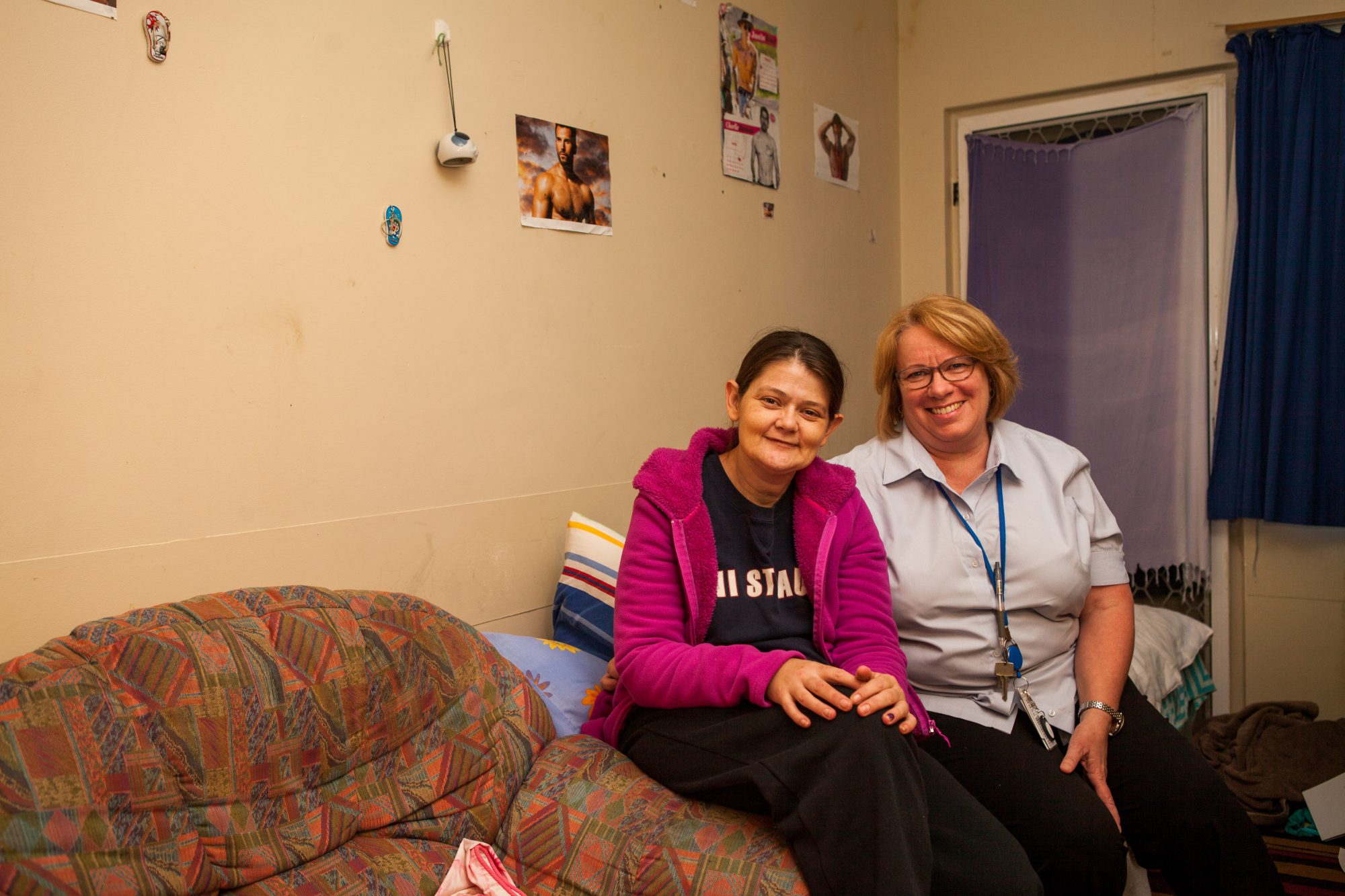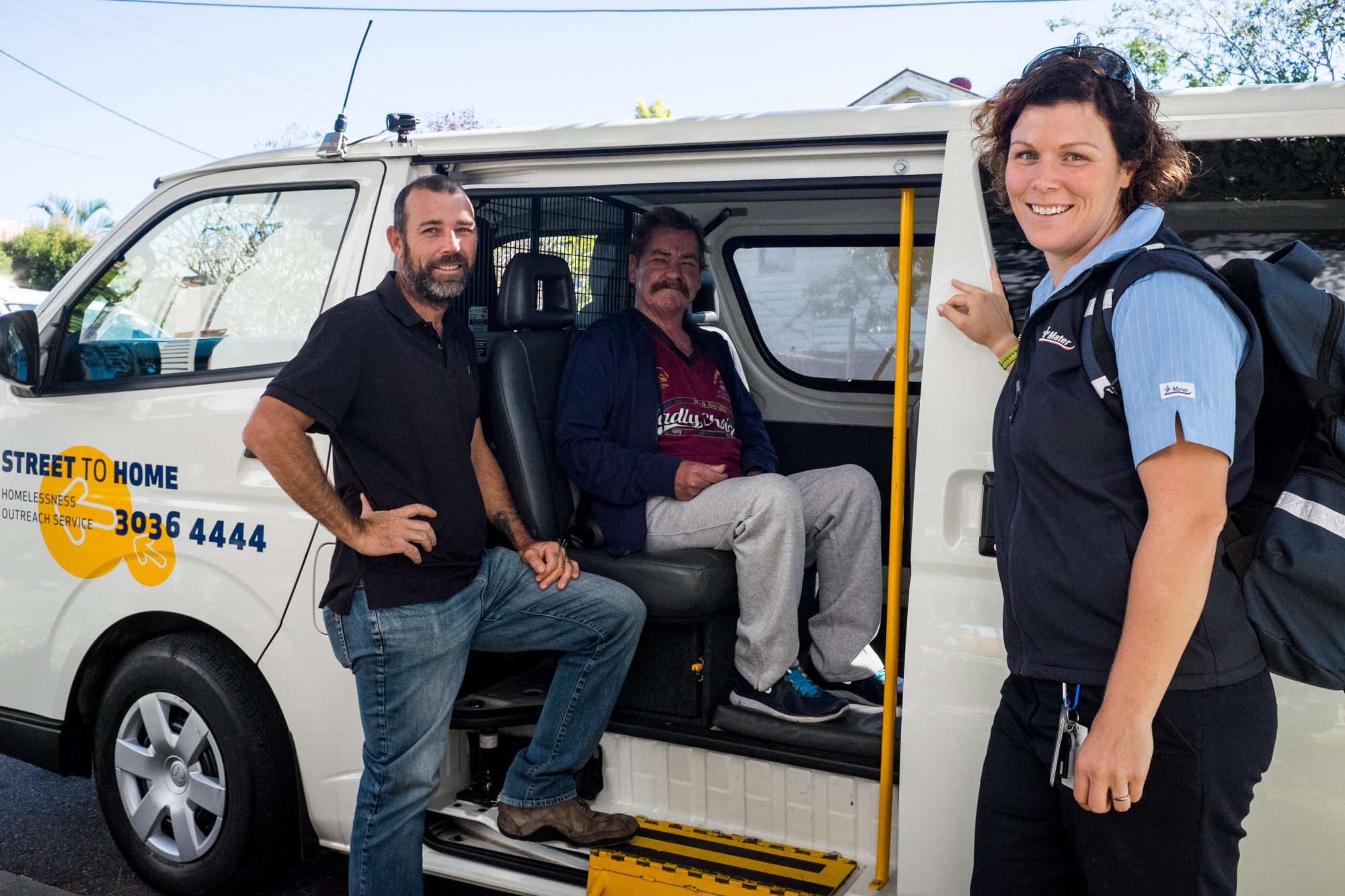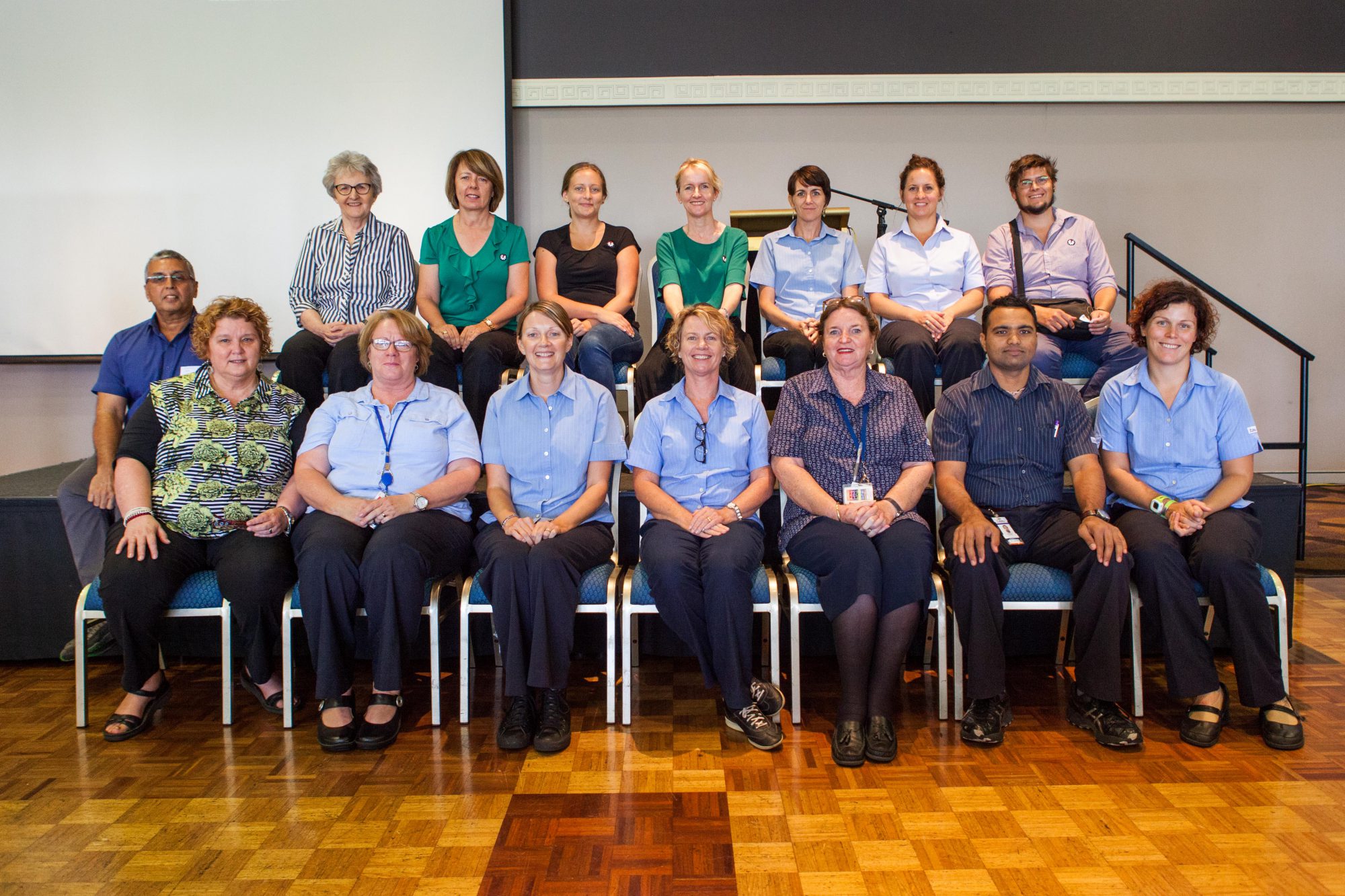Inclusive Health, Micah Projects, Australia
It is possible to improve the health outcomes of people living on the streets, end their homelessness and save money on the hospital system.
Kim Rayner is the manager and clinical nurse leader of Inclusive Health, Micah Projects in Brisbane, Australia, which was established as a direct response to the high rates of multiple morbidities and identified mortality risks among disadvantaged individuals and families experiencing homelessness, poverty, social exclusion, mental Illness, disability and domestic violence.
Brisbane, with a population of 1.15 million people, has over 4,300 people identified as homeless (Brisbane City Council 2016). [i] Micah Projects, a non-governmental organisation, was set up to actively address this issue, and Kim has been pivotal in establishing the partnerships between Micah Projects and some of Brisbane’s largest public and private hospitals in order to provide services to Brisbane’s homeless and vulnerably housed population.
In order to understand the health and social needs of the community, nurses within the team adopted a Vulnerability Index Survey tool developed in the United States. The survey found that:
- 59% were tri-morbid – with a chronic disease, substance abuse and mental illness
- 36% had a history of brain injury or trauma
- 30% had a history of liver disease, cirrhosis or end stage liver disease
- 28% had a history of heart disease or arrhythmia
- 9% was diagnosed with cancer. [ii]
Analysis of this data enabled the team to develop a targeted approach to prevent and intervene early to stop people becoming homeless; break the cycle of homelessness; and improve service systems in response to homelessness.
As a result, tailored health services were developed to meet the needs of this vulnerable population group, through the rapid re-housing of homeless people and the provision of cost-effective healthcare services at all stages of the housing process (before, during and after rehousing) in order to reduce the personal and social costs and impact of homelessness on individuals and the community. [iii]
The Homeless to Home Healthcare After-Hours Service consists of two teams: one which works in the Street to Home outreach van visiting public spaces, parks and squats; and the other which makes home visits and visits to public spaces across the Brisbane metropolitan area.
The service includes:
- collaborative planning and engagement with housing focused community workers
- provision of a single access point to after-hours services including housing and healthcare
- establishment of trust and rapport with individuals and families who are homeless as well as vulnerable individuals in housing
- provision of an immediate response to people who present to the Brisbane Homelessness Service Centre as well as outreach in the streets, parks, and homes of people housed through Housing First initiatives
- provision of health assessments and referrals to primary healthcare, including allied health services
- follow-up of care via supported referral to other practitioners and provision of assistance to navigate the healthcare system
- engagement in proactive early intervention and preventative healthcare
- health education and the coordination of healthcare for individuals via liaison and advocacy with local GP clinics and specialist services such as dental, drug, alcohol, renal, diabetes treatments, and vaccination
- liaison with hospitals and hospital workers about discharge planning and clinical follow-up. [iv]
This service is led by a dedicated nursing team and demonstrates that it is possible to improve the health outcomes of people living on the streets, end their homelessness and save money on the hospital system.
In every aspect, the service is a success: it has improved health-related quality of life; substantially reduced hospital usage among persons utilizing the service; reduced inpatient hospital admissions by 37% and visits to the emergency department by 24%. There has also been a significant reduction in hospitals costs with a net saving of approximately $6.45 million (AUD) per year; an annual net social benefit of over $12.6 million (AUD); and an improvement of at least 82 quality adjusted life-years per annum. [v]
[i] Brisbane City Council (2016). “Brisbane City Council: Housing and homelessness.” Retrieved 1 November 2016, from https://www.brisbane.qld.gov.au/community-safety/community-support/housing-homelessness
[ii] Walsh, K., et al. (2013). “Homeless to Home Healthcare – More Healthcare Please.” Retrieved 7 November, 2016, from http://chp.org.au/wp-content/uploads/2013/05/Karyn.pdf.
[iii] Connelly, L., et al. (2015). “Micah Projects.” Retrieved 4 November, 2016, from http://www.wapha.org.au/wp-content/uploads/2016/02/160218_Presentation_PerthMicahHealthEvaluation_KarynWalsh.pdf.
[iv] Connelly, L. (2013). “An economic evaluation of the homeless to home healthcare after-hours service.” Retrieved 4 November, 2016, from http://micahprojects.org.au/assets/docs/Publications/IR_130_An-Economic-Evaluation-of-the-Homeless-to-Home-Healthcare-After-Hours-Service.pdf.
[v] Connelly, L (2013) Ibid.




